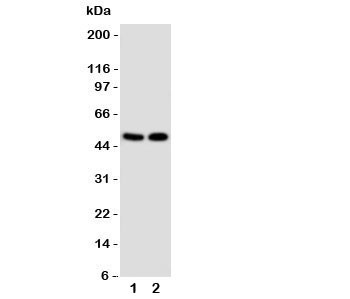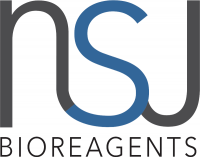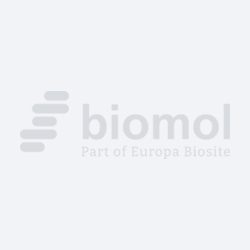Cookie preferences
This website uses cookies, which are necessary for the technical operation of the website and are always set. Other cookies, which increase the comfort when using this website, are used for direct advertising or to facilitate interaction with other websites and social networks, are only set with your consent.
Configuration
Technically required
These cookies are necessary for the basic functions of the shop.
"Allow all cookies" cookie
"Decline all cookies" cookie
CSRF token
Cookie preferences
Currency change
Customer-specific caching
FACT-Finder tracking
Individual prices
Selected shop
Session
Comfort functions
These cookies are used to make the shopping experience even more appealing, for example for the recognition of the visitor.
Note
Show the facebook fanpage in the right blod sidebar
Statistics & Tracking
Affiliate program
Conversion and usertracking via Google Tag Manager
Track device being used

| Item number | Size | Datasheet | Manual | SDS | Delivery time | Quantity | Price |
|---|---|---|---|---|---|---|---|
| NSJ-R31089 | 100 µg | - | - |
3 - 10 business days* |
772.00€
|
If you have any questions, please use our Contact Form.
You can also order by e-mail: info@biomol.com
Larger quantity required? Request bulk
You can also order by e-mail: info@biomol.com
Larger quantity required? Request bulk
0.5mg/ml if reconstituted with 0.2ml sterile DI water. Vitamin D Receptor, also known as Vitamin... more
Product information "Anti-VDR (Vitamin D Receptor)"
0.5mg/ml if reconstituted with 0.2ml sterile DI water. Vitamin D Receptor, also known as Vitamin D Hormone Receptor, is a member of the nuclear receptor family of transcription factors. Labuda et al.(1991) assigned the VDR gene to 12q12-q14 by in situ hybridization. Using mutation analysis, Jurutka et al.(2000) characterized arg18/arg22, VDR residues immediately N-terminal of the first DNA-binding zinc finger, as vital for contact with the general transcription factor IIB(TFIIB). A natural polymorphic variant of the receptor, termed F/M4(missing a FokI restriction site), which lacks only the first 3 amino acids(including glu2), interacted more efficiently with TFIIB and also possessed elevated transcriptional activity compared with the full-length(f/M1) receptor. Shah et al.(2006) stated that the signaling and oncogenic activity of beta-catenin(CTNNB1) can be repressed by activation of VDR. Conversely, high levels of beta-catenin can potentiate the transcriptional activity of 1,25-dihydroxyvitamin D3. Protein function: Nuclear hormone receptor. Transcription factor that mediates the action of vitamin D3 by controlling the expression of hormone sensitive genes. Recruited to promoters via its interaction with BAZ1B/WSTF which mediates the interaction with acetylated histones, an essential step for VDR-promoter association. Plays a central role in calcium homeostasis. [The UniProt Consortium]
| Keywords: | Anti-VDR, Anti-NR1I1, Anti-Vitamin D3 receptor, Anti-1,25-dihydroxyvitamin D3 receptor, Anti-Nuclear receptor subfamily 1 group I member 1, VDR Antibody (Vitamin D Receptor) |
| Supplier: | NSJ Bioreagents |
| Supplier-Nr: | R31089 |
Properties
| Application: | WB |
| Antibody Type: | Polyclonal |
| Conjugate: | No |
| Host: | Rabbit |
| Species reactivity: | human, mouse, rat |
| Immunogen: | An amino acid sequence from the C-terminus of human Vitamin D Receptor (DLRSLNEEHSKQYRCL) was used as the immunogen for this VDR antibody. |
| Format: | Purified |
Database Information
| KEGG ID : | K08539 | Matching products |
| UniProt ID : | P11473 | Matching products |
| Gene ID : | GeneID 7421 | Matching products |
Handling & Safety
| Storage: | +4°C |
| Shipping: | +4°C (International: +4°C) |
Caution
Our products are for laboratory research use only: Not for administration to humans!
Our products are for laboratory research use only: Not for administration to humans!
Information about the product reference will follow.
more
You will get a certificate here
Viewed



